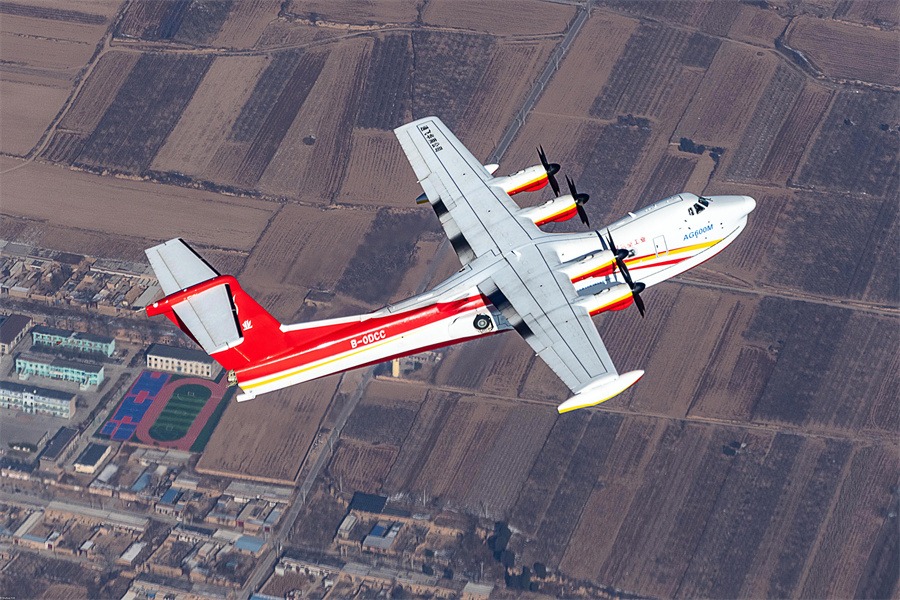New security dynamics
Beijing eyes building a community with a shared future with neighboring countries amid China-US competition


Amid profound shifts in the balance of global powers, intensifying strategic competition among big powers has complicated the security situation in China's four surrounding subregions. With Donald Trump's return to the White House, the US' "Indo-Pacific "strategy might face a transformation which will further increase strategic anxiety and policy adjustments among China's neighboring countries, introducing additional uncertainties to its security environment.
Regarding China's four neighboring subregions, Southeast Asia and Central Asia remain relatively stable, Northeast Asia has evolved into a state of strategic division, and the standoff in South Asia appear to be easing.
After the outbreak of the Ukraine crisis in 2022, Japan and the Republic of Korea followed the United States in sanctioning Russia, while the US has been perceived as seeking to turn Northeast Asia into a key military pillar of its "Indo-Pacific" strategy by strengthening US-Japan and US-ROK bilateral alliances and the US-Japan-ROK trilateral cooperation.
In response, Russia and the Democratic People's Republic of Korea signed the Treaty on Comprehensive Strategic Partnership in 2024, signaling a vague military alliance to enhance strategic coordination. Against this backdrop, the region's "anxiety over the DPRK's nuclear issue" has evolved to be a broader strategic confrontation, exerting long-term pressure on regional stability.
In South Asia, India, leveraging its economic and military strengths, has gained dominance over South Asian affairs. The US supports India playing the role of a leading power and a regional pillar in South Asia and the Indian Ocean; in return, India accepts the US' presence in countries such as Nepal and Sri Lanka. Perceiving China's growing influence to be a strategic challenge, the US and India have been collaborating to curb China's influence in South Asia, pushing the region toward bloc confrontation. However, by late 2024, India initiated cautious steps to reduce frictions with China, potentially creating space for the regional de-escalation.
The ongoing Ukraine crisis has weakened Russia's influence over Central Asia, prompting a return of other outside powers to the region and intensifying geopolitical competition. The US and its Western allies seek to strengthen ties with Central Asia through high-profile engagements and economic cooperation, while Russia relies on the Collective Security Treaty Organization and the Eurasian Economic Union to maintain its influence in the region.
Against such a background, the five Central Asian countries increased their strategic autonomy. Under the "C5+1" mechanism, the five countries have been holding summits with China, the US and Russia, respectively, while expanding cooperation with the European Union, the Middle East and India, aiming to broaden their diplomatic space and better manage the impact brought by great power rivalry.
Southeast Asia remains relatively stable amid the current global turbulence and keeps a strong momentum of economic growth. Adhering to a strategy of striking a balance among major powers, the Association of Southeast Asian Nations has been trying to steer major powers toward development and cooperation and to maintain ASEAN's centrality in the regional security architecture, as envisioned in the ASEAN's Outlook on the "Indo-Pacific".
Despite divergent security dynamics, the four neighboring subregions share several common trends: the return of traditional security on the regional security agenda, the growing trend of overstretching the security concept, and the shared aspirations for maintaining regional stability and cooperation. Therefore, China's overall regional security situation remains stable and manageable, but uncertainties regarding future development are growing.
First, traditional security issues are regaining prominence on the agenda of regional security. Under the impact of the US' "Indo-Pacific "strategy and the Ukraine crisis, military exercises in China's neighboring regions have significantly increased in scale, frequency and provocativeness. Some neighboring countries are either leaning further toward US-led alliances or boosting their own defense capabilities, fueling a regional arms race. The US has been leveraging hotspots such as the South China Sea disputes, Taiwan question and the DPRK's nuclear threat to strengthen its alliances in the region, thus exacerbating tensions in existing flashpoints.
Second, pan-securitization has heightened systemic confrontation in regional security. The US' China policy overstretches the concept of security. In addition to military deterrence against China, the US has tried to link industry, technology and capital with security. At the same time, the US has exerted pressure on countries such as Japan, the ROK, India and even some Southeast Asian nations, to decouple from China, pushing Asia, once grounded in economic mutual benefit, into the deep waters of bloc-based competition.
Finally, peace and development remain a regional consensus among China's neighboring countries despite intensified great power rivalry and blocs confrontation. Even the US does not want large-scale military conflict with China. Instead, it seeks to contain China with "integrated deterrence". Meanwhile, China advocates an open and inclusive regional order through nonmilitary means. Therefore, China's overall peripheral security environment remains relatively stable and controllable.
Trump's return to power has significant impacts on the security environment around China. His China-containment policies have stoked tensions for bilateral relations, and China's neighboring countries also face pressure from big-power rivalry. Moreover, the "America First" agenda, particularly the recent imposition of tariffs, has jeopardized the economic development of neighboring countries, and undermined regional cooperation.
In response, more countries are gravitating toward the Global South to collectively gain greater voice and influence in international affairs. This will help diversify the region, and have a significant influence on the regional order.
As a major country, China should adopt a clear strategy with refined tactics. On the one hand, China should strengthen neighboring countries' strategic trust in China and mitigate the uncertainties brought by the Trump administration. This serves as the foundation for building a community with a shared future with neighboring countries.
On the other hand, China should pursue tailored diplomatic approaches to meet the unique development and security needs of each neighboring country or subregion. Priority should be given to implementing China's three global initiatives (namely, the Global Development Initiative, the Global Security Initiative and the Global Civilization Initiative) in the neighboring regions, enhancing security through development, supporting development with stability, and promoting regional cooperation through people-to-people exchanges. With this, China can work with neighboring countries to jointly build a community with a shared future.


Guo Jiguang is an assistant professor at the National Institute of International Strategy at the Chinese Academy of Social Sciences. Zhang Jie is a professor at the National Institute of International Strategy at the Chinese Academy of Social Sciences. The authors contributed this article to China Watch, a think tank powered by China Daily. The views do not necessarily reflect those of China Daily.
Contact the editor at editor@chinawatch.cn.
































